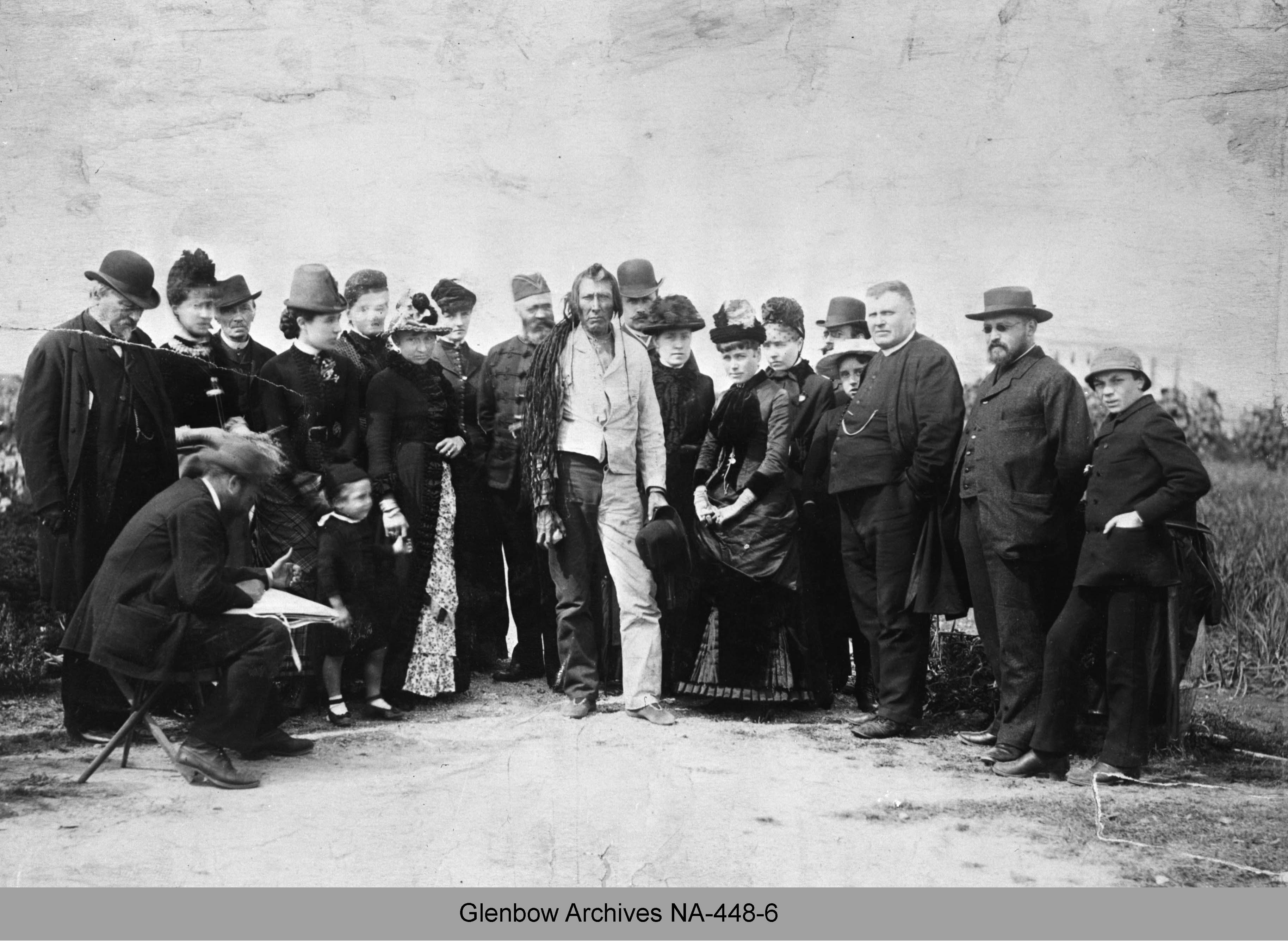Interpretations and Misunderstandings

Interpretation and Misunderstandings
Treaty 6 created a continuing obligation for the government to the First Nations, obligations that are difficult for most of society to understand and accept as part of our history within this province and Canada. Since the inception of treaties in Saskatchewan, the First Nations perspective of the treaties is mostly unknown to society and as a result has created misconceptions based on misunderstanding and misinterpretations. The entirety of the treaty process was unfair and unjust to the First Nations and has resulted in 135 year old grievances over the process and non-fulfillment of the treaties. For instance, the government from the beginning had complete control over the treaty process: they chose when and where the treaties were to be negotiated, setting the agenda and the terms, none of which was revealed in advance, combined with the lack of competent translators only weakened the First Nations position (Buckley 32). The Treaty process lacked the flexibility to accommodate the viewpoints and wishes of First Nations people (McLeod 41). The First Nations were vulnerable at a time of great change, the treaties were their only option to survival.
An important factor was the cultural and language differences between the First Nations and Europeans this led to misinterpretations between the two groups. While the government representatives “were the products of a literate society the First Nations came from an oral culture (Miller 139).” And language barriers “meant that First Nations didn’t fully understand the terms of the agreements. Both sides had translators, but it was impossible to translate the ideas behind decades of tradition…they didn’t realize they were giving up anything (Roberts 89).”
Both had different views on ownership of land, First Nations believed that land could not be owned, that it was a gift from the Creator, and they were its guardians not its owners as the land was their means of survival, while Europeans had a tradition of private land ownership (Roberts 89). The size of the reserves was an area of misunderstanding. Many First Nation leaders described huge areas of land that they believed were promised in the treaties. The commissioners never explained the meaning or actual size of a square mile (Price 62).
Treaties amongst First Nations societies were not uncommon and occurred for thousands of years. They lived within their own established territories governing through deep-rooted unwritten customs, codes of conduct, and rich oral history passed on through generations. Oral history is significant in First Nations culture, it is the manner in which all aspects of life, its teachings, language, history, laws, and customs are transmitted. Treaties were a way of settling disputes for land, trading, hunting and gathering, marriage between tribes, and ending wars.
For example, one of the first recorded treaties between First Nations involved the Onodowohgah (Seneca), Kanien’Kehaka (Mohawk), Onundagaono (Onondaga), Onayotekaono (Oneida), and Guyohkohnyoh (Cayuga). This treaty was called the Great Law of Peace of the People of the Longhouse and predates the year 1450. It covered 117 articles, including the establishment of a code of law and form of government between the five nations. The Treaty was passed on orally and was not recorded until 1880 (Roberts 90).
First Nations viewed the treaties like other treaties where there would be a mutual agreement between the parties respecting each others interests, in this case land sharing and compensation while the “government seen them as land surrenders, the first step in the assimilation process (Roberts 89).” This process was enacted by means of government policies that affected the very root of the treaties. The First Nations did not take the issue of Treaty lightly, nor were they ignorant of sharing the land with the newcomers, they believed that they could co-exist with one another in the spirit and intent of Treaty.